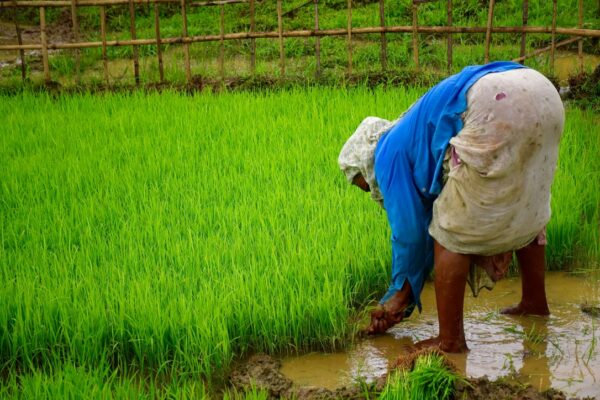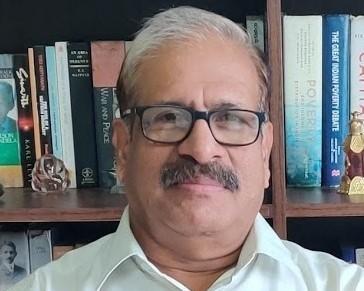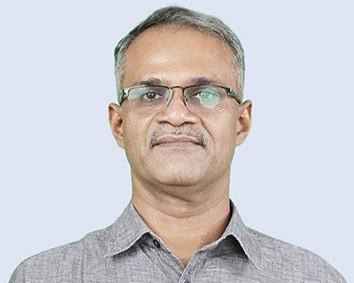The Minimum Support Prices (MSP) for kharif crops that will be marketed in the 2022-23 season were announced by the Union Cabinet Committee on Economic Affairs (CCEA) on June 8, 2022.
The Government claimed that it has increased the MSP of kharif crops, “to ensure remunerative prices to the growers for their produce and to encourage crop diversification.” The increase, according to the Government, is in line with the Union Budget 2018-19 announcement of fixing the MSP at a level of at least 50 percent over cost of production, aiming at “reasonably fair remuneration” for the farmers.

Image credit: FAS PARI Archives (Tripura – Dhalai)
NCF recommendations vs. the MSPs
The National Commission on Farmers, in its proposals to enhance farmers’ incomes, recommended that the Government procure produce (or fix the MSP) at C2 (economic cost of production) plus 50 per cent.
The Cost C2 refers to the comprehensive cost of cultivation, which includes all paid-out costs (referred to as Cost A2 that aggregates cost of all inputs) and opportunity costs incurred for cultivation. The opportunity costs are of family labour, own land, and other fixed assets used for crop production. Farmers’ organisations have demanded for long, including during the historical farmers’ struggle, that the government fix MSP based on this comprehensive cost of cultivation, that is Cost C2.
The Central Government, however, considers only the Cost A2+FL while announcing the MSP. The Cost A2+FL is lower than Cost C2, and considers only the opportunity costs of family labour in addition to the paid-out costs.
Data from the Commission Agricultural Costs and Prices (CACP) give a clearer picture of how much farmers would have gained if C2 was used in the government’s calculation of MSP. According to the table below, the projected cost of A2+FL for paddy is Rs 1360 per quintal. The Cost C2 projected by the CACP is Rs 1805. An MSP decision on this basis would have resulted in farmers earning Rs 2,707.5 per quintal, which is Rs 667.5 more than the MSP announced at present.
The difference or loss caused to farmers because of this way of calculating MSP is much more pronounced in the case of pulses and oilseeds, the crops for which the Government plans to boost production. In no case was the announced MSP more than C2+50 per cent. The present announcement along with the past ones shows that the Government is unwilling to move towards using C2 as the basis for declaring MSP.
There is also an issue of varying costs of cultivation across different classes of farmers and regions of India. The CACP takes a weighted average of the costs across regions to arrive at a single MSP for the whole country. FAS research has shown that most poor peasants incur higher cost per unit of operated land than large farmers and that there exist significant differences in costs across dry and irrigated regions. Accounting for this in price policy has been a long-standing problem and cannot be resolved immediately. However, we feel that there are two immediate concerns the Government and the CACP should have considered before the current announcement.
Underestimation and inflation
First, the CACP projects the costs of cultivation for the current year by taking the actual data that are three-year old and adjusting for inflation after that period. The latest actual data for cost of cultivation is from 2018–19. The lack of up-to-date information on costs may have led to underestimation this year, given the unusual nature of the current price rise.
Ashish Kamra and R. Ramakumar, in their article in the Review of Agrarian Studies, compared the difference between projected and actual costs in the process for the past years. They found that while the CACP projections for fertilizer prices increased by 1.5 times in the period between 2004–05 and 2013–14, the actual increase was nearly 2 times on account of steep rise in prices during 2012-2014. Their article suggests that if the costs were re-estimated based on actuals, the MSP for cotton, soybean, and maize should have risen by at least 20 to 30 per cent.
The Wholesale Price Index (WPI) for High Speed Diesel (HSD), a key input that factors into the cost of machinery in cultivation, has seen a rapid increase in the past six months: from 140.3 in November 2021 to 175.8 in May 2022. The rising fuel prices have led to the wholesale price inflation reaching a historic high in the last month since the 1990s. Given the circumstances, it is possible that the expenditure incurred by the farmers in the coming months could be much higher than what is projected by CACP.
Divergence between the Centre and the States
Secondly, there has been a divergence in the cost projections made by the CACP for various States and the projections made by the States themselves. For example, CACP estimates the cost of cultivation of paddy in Andhra Pradesh to be Rs 1520 per quintal in 2022-23, while the State Government estimates it to be Rs 1955 per quintal. Both the State and CACP cost estimates for paddy are available for 12 States. Out of these only three States’ estimates are lower than the CACP estimates.
For the last two years, which have seen farmers reporting about the rise in costs, the CACP estimates have been lower than the estimates of most of the States. The average of projected costs (Cost C2) by 11 out of 12 States for paddy for 2021-23 have been higher than the costs projected by the CACP. In States such as Punjab and Telangana, the difference between State and CACP projections was as high as 50 per cent of the CACP projections.
The current situation does not seem to have changed much from what was the case when the Government announced MSP for the 2022-23 Rabi marketing season. The increase in input prices brought about by the disruptions due to Covid-19 pandemic was not compensated adequately by the announced MSPs then. The surveys by the Pandemic Studies Unit of the Foundation had shown that farmers are incurring higher input costs than before in 2020-21. The current macroeconomic situation has added to the worries of the farmers, and the announced MSPs may not provide the much needed respite to farmers.
















































































